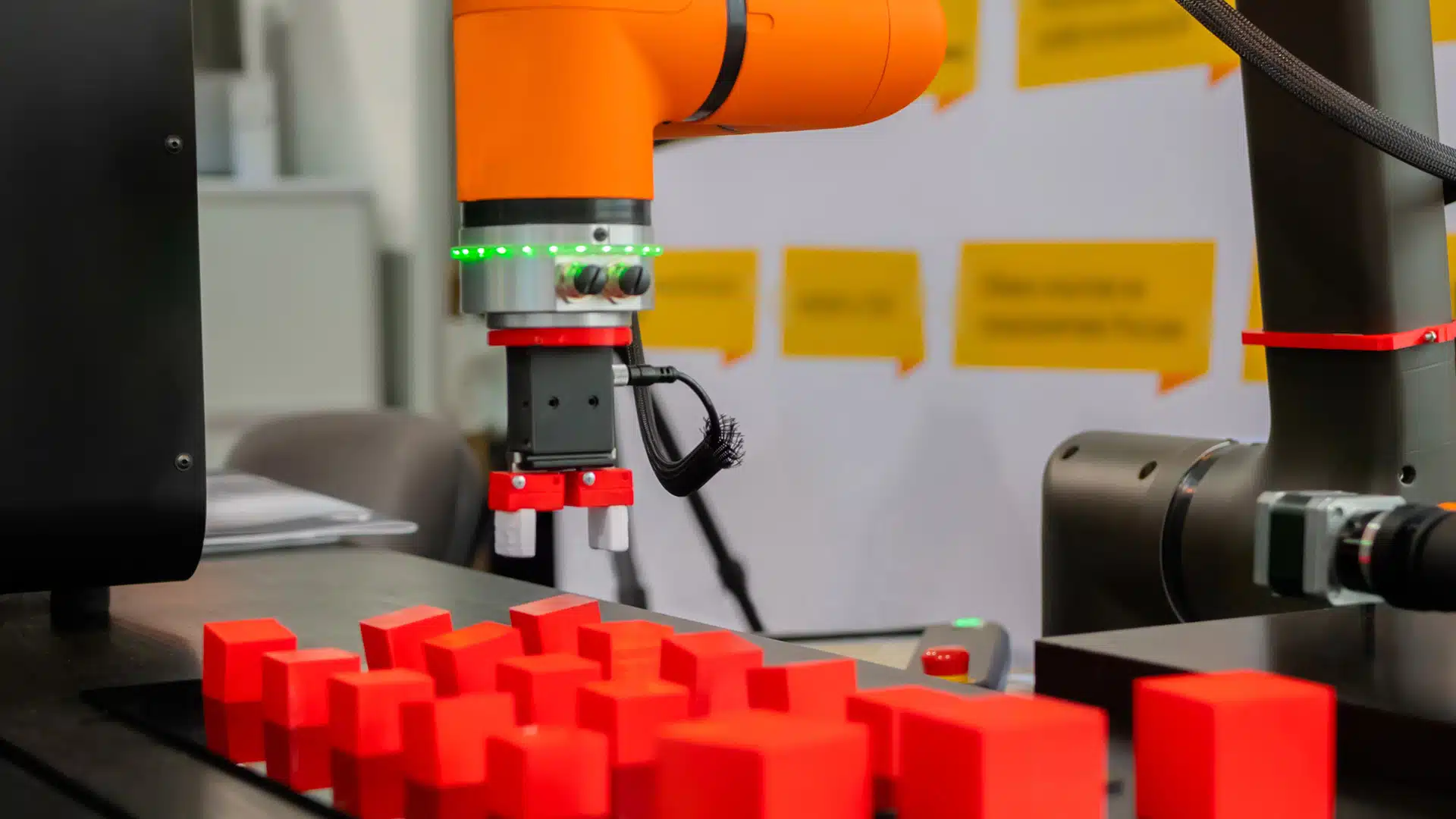As the calendar nears the end of the first month of 2022, it is clear that many of the CX issues and trends raised in Dash Network’s December 2021 white paper focusing on the CX industry in 2021 are likely to continue in 2022, though factors other than the Omicron variant of the COVID-19 pandemic appear to be at work. One of the key issues that continues to impact the market is the difficulty employers are having filling open positions, particularly small businesses.
According to a national survey released by Goldman Sachs in 10,000 Small Businesses Voices, 87% of those hiring reported difficulty in recruiting qualified candidates for open positions. Furthermore, 97% of respondents said that labor shortages are impacting their bottom line, reflecting a 17% increase from September 2021. This data was derived from a survey of 1,466 Goldman Sachs 10,000 Small Businesses participants by Babson College and David Binder Research, which was captured from January 10 to 13, 2022, and included small businesses from 47 states.
Some pundits have characterized the labor shortage as the result of employers not paying enough, or the lack of fulfilment or growth opportunities with certain jobs. For many small businesses, however, increasing pay or providing a clear pathway to a higher position simply may not be possible, due to their structure or size.
However, there are opportunities to improve the employee experience (EX), which can not only aid in recruiting and retention, but also positively impact the CX. With happier and more satisfied customers, revenue should increase, and, in many cases, employees are also likely to have a more positive work experience. Some examples of strategies that can improve the EX and do not require increasing compensation or a redefinition of job functions are described below.
Offer meaningful responsibilities
While many entry-level or lower-paying jobs are primarily based around completing routine tasks, consider offering employees the opportunity to take on higher-skilled or more meaningful tasks as a small part of their job to keep them motivated and engaged. These tasks can be used as a barometer or metric to identify workers with potential to move into other roles in the future.
Deploy technology to automate basic tasks
While some basic tasks still need a human touch, technology can be used to streamline processes, and make employees’ jobs more efficient. For example, using a QR-based menu in a restaurant setting eliminates the need for servers to bring menus to the table, and then collect them or bring them again, saving time. Similarly, deploying an online ordering app for a deli or take-out restaurant enhances order accuracy, and allows workers to focus on fulfillment and connecting with customers.
Capture and incorporate employee feedback
Service bottlenecks, technology issues, and even policy issues can impact the ability of employees to deliver the best service, and can also create a work environment that is not conducive to employee retention. By capturing employee feedback on a frequent basis, points of frustration that impact both CX and EX can be identified and addressed, improving operations, while also demonstrating that employees are a valued resource.
Consider employee incentives
While across-the-board salary increases may not be feasible, incorporating goal- or metric-based compensation bonuses may be useful in attracting workers. The use of incentives can also help address specific CX or operational goals, such as improving speed and productivity, creating more engagement with customers, or pushing specific products or services. Goals should be clearly set, with an explanation of metrics that will be used for assessment, and they must be available to all employees working within that job function. In lieu of cash incentives, consider offering other benefits, such as early dismissal, extra vacation time, or merchandise.
Most importantly, it is essential to work with staff to understand the points of frustration, and the elements of the position that can be adjusted, improved, or modified to make the job more appealing. While not every suggestion is feasible for deployment, assessing the positives and negatives of each job through the eyes of the worker can be instrumental in better understanding the key drivers of the EX. Armed with this knowledge, changes can be made that may help improve worker recruiting and retention.
Author Information
Keith Kirkpatrick is Research Director, Enterprise Software & Digital Workflows for The Futurum Group. Keith has over 25 years of experience in research, marketing, and consulting-based fields.
He has authored in-depth reports and market forecast studies covering artificial intelligence, biometrics, data analytics, robotics, high performance computing, and quantum computing, with a specific focus on the use of these technologies within large enterprise organizations and SMBs. He has also established strong working relationships with the international technology vendor community and is a frequent speaker at industry conferences and events.
In his career as a financial and technology journalist he has written for national and trade publications, including BusinessWeek, CNBC.com, Investment Dealers’ Digest, The Red Herring, The Communications of the ACM, and Mobile Computing & Communications, among others.
He is a member of the Association of Independent Information Professionals (AIIP).
Keith holds dual Bachelor of Arts degrees in Magazine Journalism and Sociology from Syracuse University.








